On Dec. 31, 2019, Chinese authorities alerted WHO or the World Health Organization on pneumonia cases of unknown cause in Wuhan City, Hubei province in China. That mystery disease was first known as 2019-nCoV, which is now widely known as COVID-19. According to John Hopkins University, as of February 25, there had been 112,506,114 cases and 2,494,705 deaths due to the disease worldwide.
COVID-19 patients typically exhibit shortness of breath (dyspnea) which may progress to a low oxygen level in the blood (hypoxemia). Imagine the massive need for medical air by hospitals worldwide. Industrial gas demand has never been so crucial as it is these pandemic times. We have seen how the world literally ran out of ventilators in 2020 as COVID-19 cases surged and the demand for high-grade industrial gases continues to expand in the healthcare industry. A hospital or a health care facility’s need for a consistent and reliable supply of high-purity medical gas is of utmost importance, and they should be knowledgeable and responsible in providing the right industrial gas to avoid serious consequences on their patients.
What are 3 top medical gases used in hospitals?
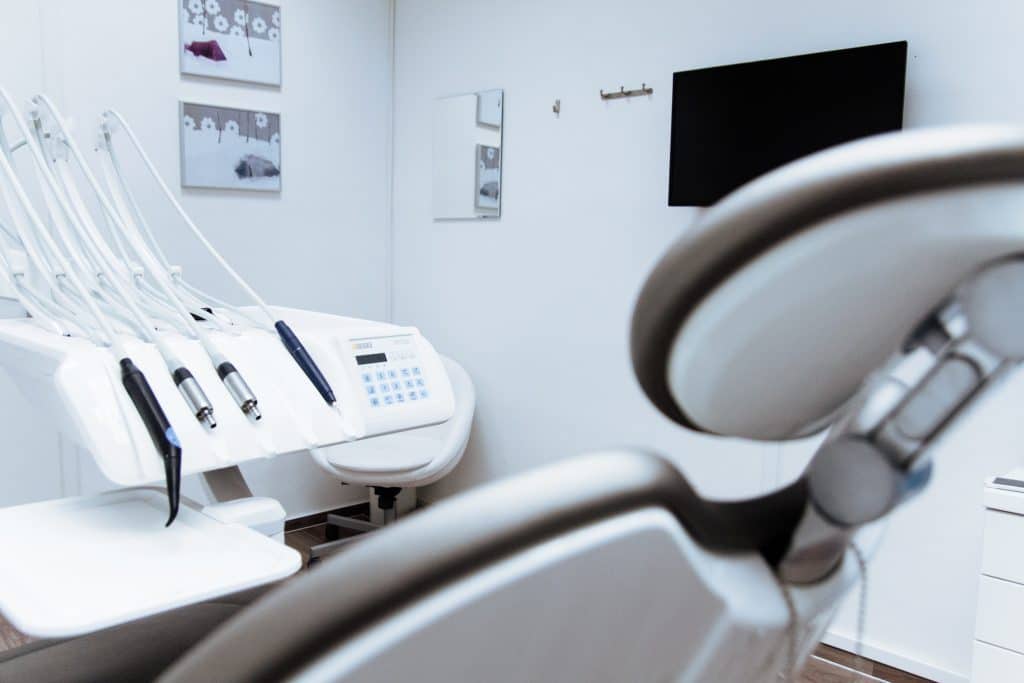
Medical Air
This is a colorless, odorless, dry, and contaminant-free gas used for the medical treatment of patients. It requires a doctor’s prescription before purchase or use since this is an FDA-regulated product. Not all patients have the same oxygen treatment and requirement, necessitating a doctor’s recommendation for a customized prescription.
This gas is a mixture of 21% oxygen, 78% nitrogen, and 1% argon plus trace amounts of other inert gases. Applications for this gas are for respiratory use, especially in operation rooms, as a replacement for contaminated atmospheric air and carrier gas for volatile anesthetics.
Did you know that atmospheric air, the air that we breathe, comprises 21% oxygen, 78% nitrogen, 0.04% carbon dioxide, 0.93% argon, and trace amounts of methane, neon, krypton, helium, hydrogen and water vapor, according to NASA.
Medical Oxygen
Oxygen therapy or supplemental oxygen of high-purity is the use of oxygen to treat medical conditions such as COPD (Chronic Obstructive Pulmonary Disease), shock and trauma, carbon monoxide poisoning, severe hemorrhage, artificial ventilation, cardiovascular and respiratory arrest, resuscitation and life support. Medical oxygen composed of 60% oxygen and 40% nitrogen is acceptable for many clinical applications.
Medical Nitrous Oxide
Industrial gas commonly known as “laughing gas” because of the intoxicating effect it gives to a person. It is a colourless, non-flammable, sweet-tasting gas that is mainly used for pain management and sedation. Administration of this gas needs extreme care and caution because excess amounts may cause harm to patients, such as loss of blood pressure, fainting and heart attack.
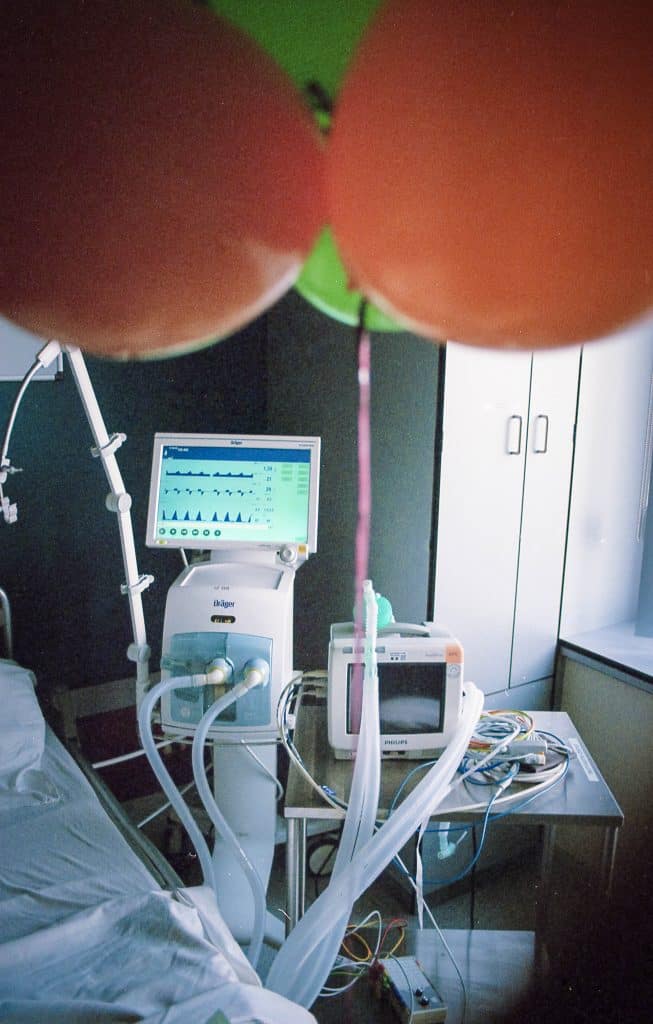
Nitrous oxide effectively helps dental patients relax, and so this gas is commonly used for dental procedures. It is considered a safe sedative for dental procedures. Although patients administered with nitrous oxide can respond to questioning, it is advised that patients do not perform critical tasks after receiving nitrous oxide. If you want to learn more, you can consult the dental care at the Cosmetic dentist in Roseville.
Patient safety should be the top concern for all hospitals and health care facilities in the administration of treatment and therapy. For this reason, only reputable and trusted air system companies should handle your medical air system. It is also crucial that all medical practitioners be knowledgeable in the applications of each medical gas. Remember that life is in the blood because it is how oxygen is transported throughout the body.

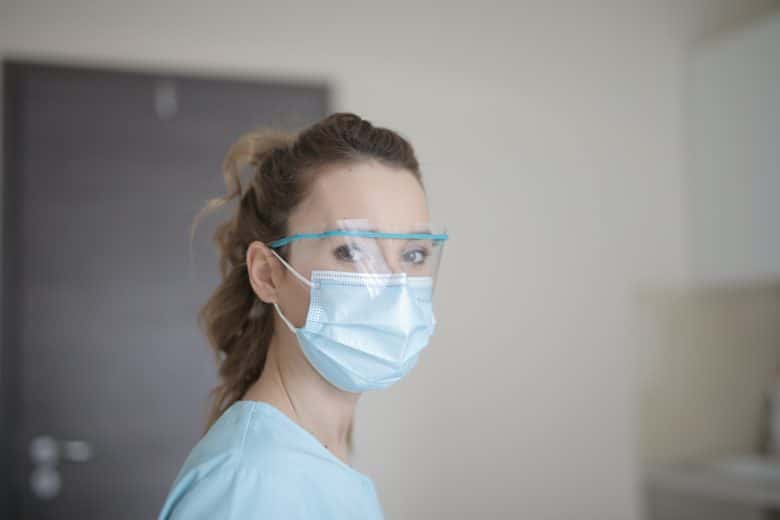
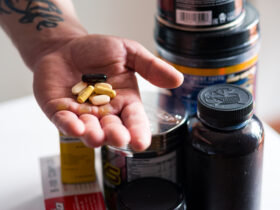










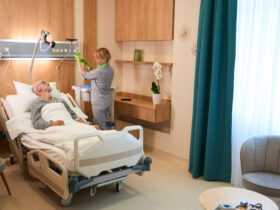
I like your medical gas tips. I imagine this is important for surgery. Hopefully, hospitals have excess inventory.